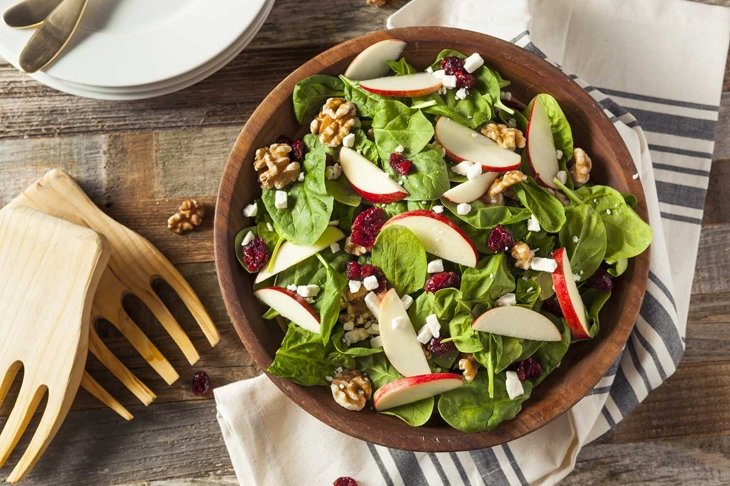
Are you guilty of toxic positivity? The world changed dramatically in 2020, and many of us fought to remain positive and hopeful during these trying times. If you always try to look on the bright side, however, you may be sidelining authentic negative emotions that are important for growth.
According to experts, it’s not positivity, but emotional agility that’s the key to resiliency and greater happiness overall.
01
What is toxic positivity?

Toxic positivity is the idea that constantly seeking happiness can have negative effects, since ignoring thoughts and emotions can actually increase them. In one famous study, some participants were asked specifically not to think about white bears, while the control group were specifically asked to think about white bears from the outset. But the control group had fewer thoughts about white bears than those were asked not to think about them.
By contrast, research shows that emotional agility can reduce distress and burnout and increase psychological performance in the workplace.
02
What is emotional agility?

The term emotional agility was originally coined by Susan David, PhD, and Christina Congleton in a 2013 Harvard Business Review article. The concept doesn’t ask you to chase happiness to the point of toxic positivity. Instead, it involves checking in with your emotions, viewing them as teachers and a means of learning about and cultivating your values.
Of course, emotional agility is just one tool you can use during trying times. Making small tweaks, such as the following, to your lifestyle can also help.
03
Stay informed

But be sure to take breaks from the news and social media, where toxic positivity can take the form of memes about “good vibes only.” Set a time-limit goal for consuming news—and stick to it.
04
Keep it light

Being aware of toxic positivity doesn’t mean that you should stop laughing! Long before studies confirmed laughter helps decrease stress hormones such as epinephrine and cortisol, doctors such as 14th-century French surgeon Henri de Mondeville were using humor to distract patients from pain and help them recover.
05
Cultivate relationships

If you can\’t meet in person, connect with others by scheduling phone or virtual sessions (using tools such as Zoom, Skype, Google Hangouts, and FaceTime). Try playing games virtually together, so you have something to look forward to.
06
Use relaxation techniques, meditation, or mindfulness

Research spanning decades shows that meditation-based practices are connected to positive psychological and health outcomes in both clinical and non-clinical populations. Autogenic training (a relaxation technique that can help reduce stress) is offered on YouTube.
07
Use movement

Regular physical activity can help boost our moods and lessen anxiety. Depending on your local recommendations and rules, gyms can be an option. Also consider Zoom classes and outdoor offerings to keep you sweating.
08
Eat good-mood foods

Put the power of mood-boosting foods to work for you and snuff out your stress.
| Mood-boosting food | Why it might help |
| fatty fish (salmon, sardines) | contain omega-3 fatty acids, which may prevent spikes in stress hormones |
| leafy greens (spinach, chard, kale) | rich in magnesium, which may bring feelings of calm |
| almonds | chock full of B vitamins, possibly helping you stay afloat during stressful times |
| dark chocolate | antioxidants in dark chocolate may have a soothing effect |
| oranges | vitamin C in oranges may help lower stress |
| complex carbs | eating carbs may cue your brain to produce serotonin |
09
Pandemic conditions produced some positives

Many North Americans say that COVID conditions produced some positives in their lives. We caught up with a couple of them to see what worked, and how they will carry that forward.
Avoiding toxic positivity
Processing difficult emotions is an important part of resiliency, because, as we know, life will not always go well. As Susan David explained in a 2016 Washington Post article: “Unless we can process, navigate, and be comfortable with the full range of our emotions, we won’t learn to be resilient. We must have some practice dealing with those emotions or we will be caught off guard.”
10
Coping in close quarters

Carol and Geoff Roderick live and work in a condo with two young daughters. They rearranged their relatively small condo so they can both work at home, with Geoff lawyering from a closet-turned-office, and Carol growing her dating and relationship practice from their new bedroom office.
In March 2020, Carol realized she was focusing on childcare to the detriment of her work and began to feel resentful. Eventually, she mentioned this to Geoff. It came to mind that, while daycare wasn’t permitted, they could still hire a part-time nanny. Since the nanny could take care of the girls in their home, the family would be able to spend more time together.
“Our eldest has a new appreciation for being a big sister,” says Carol. “It’s a pleasure to see them play together more, and I’m fairly certain that this experience is going to have them be best friends for years to come. While COVID times have been challenging, they’ve brought us together as a couple and family.”
Their experience has also transformed the couple’s communication style from haphazard to intentional—now, they’ve cleared time for communication in their calendars.
“We address things more quickly, because we have that regular time of checking in,” says Carol.
11
Creativity flourishes in long-distance collaboration

Lina Alvaraz, a young professional, says her positive experience involved virtually co-creating a children’s book. It’s filled with visualization exercises and journaling prompts to help children discover their inner resilience (rather than toxic positivity) during the pandemic. She worked with two others, from Portland and New Delhi, whom she’d never met.
Pre-pandemic, Alvaraz actively sought out opportunities to co-create. But, once isolation measures were in place, Alvarez thought this would no longer be doable. That changed when her school, Parsons School of Design, announced its 48-hour virtual design challenge. At first, Alvarez says she was worried the experience would be awkward and unworkable. Instead, she found it to be productive and interactive.
“In a Zoom call, people have to speak, because I guess we’re not really as comfortable with silence on screen,” says Alvarez. “So that made it a lot easier to have conversations.”
She now understands the value of virtual collaboration. “When I’m using my mind, I don’t need to be limited by my body being in a certain place,” she says.
























